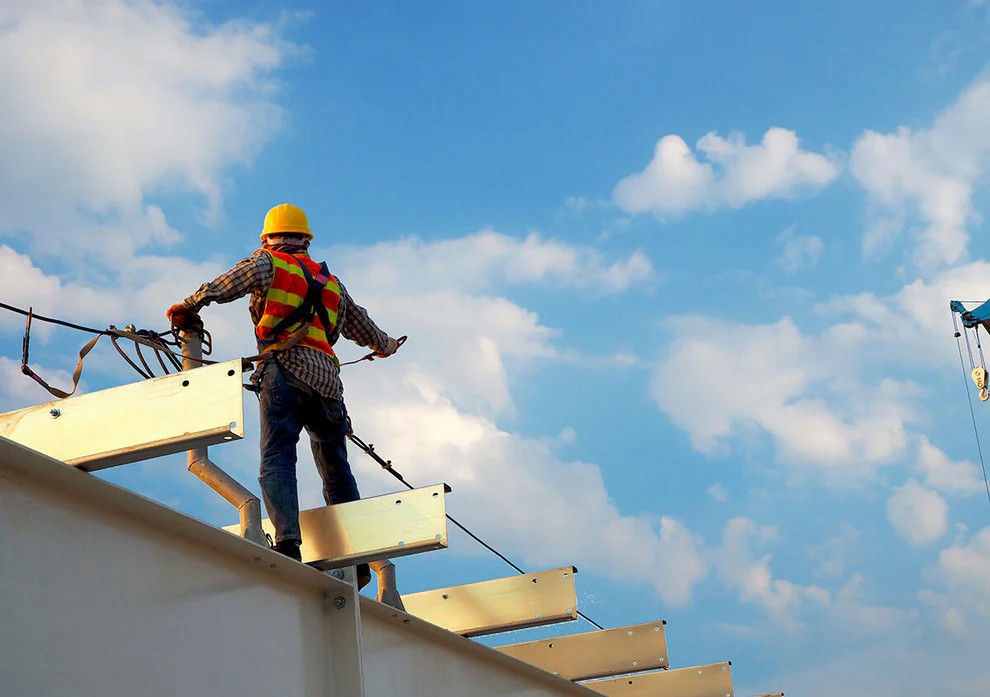


 349,500 Offered Certificates
349,500 Offered Certificates
 24/7 Online Training
24/7 Online Training
 Money Back Guarantee
Money Back Guarantee
 Fully Accredited Courses
Fully Accredited Courses

Created at: 22-02-2025 15:51
Working at heights is a common requirement in various industries, from construction to maintenance. However, this necessity comes with significant risks. Understanding common mistakes professionals make while working at heights is crucial to safeguarding their well-being. Equally important is the role of proper training in preventing these errors and enhancing workplace safety.
Statistics indicate that a considerable number of workplace accidents involve falls from heights. These incidents often lead to severe injuries or even fatalities. Factors contributing to such accidents include:
Here are some of the frequent mistakes workers make when working at heights:
Using the wrong type of equipment or misusing essential safety gear, such as harnesses or lanyards, can have dire consequences. For instance, a worker might wear a harness that isn't properly adjusted, increasing the risk of slipping during a fall. Additionally, workers might use ladders that are not rated for their weight or the job, leading to accidents.
Conducting a thorough risk assessment is vital before starting any task at height. Unfortunately, many workers overlook this crucial step, often leading to dangerous situations. For example, failing to identify nearby electrical lines or unstable surfaces can significantly elevate the risk of accidents.
Each job should come with a set of safety procedures designed for that specific task. Ignoring these procedures can not only endanger the individual but also their colleagues. An example would be a worker neglecting to secure tools to prevent them from falling, putting everyone below at risk.
Strategically designed Working at Heights training programs can significantly mitigate the risks associated with these mistakes. Here’s how:
Training courses provide insights into the correct use of various types of equipment. Workers learn how to select appropriate safety gear, properly wear it, and understand the limitations of each piece of equipment. For example, the training might illustrate how to adjust a harness correctly to prevent falls.
Education emphasizes the importance of conducting risk assessments prior to commencing work at height. Participants learn to identify potential hazards and how to mitigate those risks effectively. With this knowledge, workers can recognize issues such as unstable ladders or electrical hazards.
Structured training enhances understanding of the safety protocols necessary for working safely at heights. For example, participants learn to always secure tools with tethers to prevent accidents from falling objects, fortifying workplace safety.
Incorporating Working at Heights certification has proven beneficial across various sectors. For instance, construction companies that implemented regular training have reported a significant decrease in fall-related accidents. By ensuring all workers are certified, they not only comply with safety regulations but also foster a culture of safety that prioritizes employee well-being.
In summary, mistakes made while working at heights can have far-reaching consequences. However, investing in Certified Working at Heights Training can drastically improve safety and prevent accidents. Companies and individuals should consider enrolling in a Working at Heights Course Online or participate in a Working at Heights Safety Course to improve their safety practices.
Call to action: Don’t wait until an accident happens. Enroll in a Working at Heights Certification Ireland course today to ensure you and your team are adequately prepared to work safely at heights. For more details, contact us at [email protected] or visit our website.